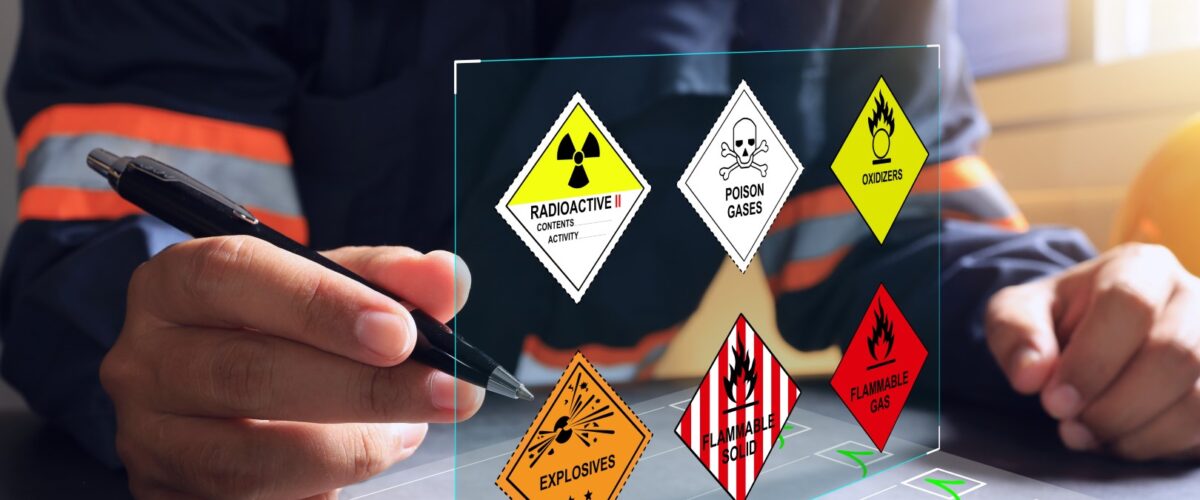What is the purpose of a Risk Management Plan (RMP)?
A Risk Management Plan (RMP) provides detailed information to prevent accidental releases of hazardous chemicals and mitigate damage if releases do occur. The goal is to mitigate loss of life during an emergency to surrounding neighborhoods, schools and other sensitive receptors.
What facilities need a Risk Management Plan (RMP) in California?
Facilities that have more than threshold quantities of regulated flammable, toxic, or explosive substances outlined in CalARP program regulations.
What are the differences between CalARP and federal RMP rules?
CalARP has lower thresholds, more substances, and stricter accident prevention program requirements.
What are the 3 main elements of an Risk Management Plan (RMP)?
A hazard assessment, an accident prevention program, and an emergency response program. Detailed requirements are provided for each element.
How often must a Risk Management Plan (RMP) be reviewed and updated?
The Risk Management Plan (RMP) must be reviewed and updated every 5 years, resubmitted every 10 years, or when changes occur.
Can a Risk Management Plan (RMP) be submitted in a digital format?
Yes, Risk Management Plans (RMP) can be submitted electronically through the California Environmental Reporting System (CERS).
Must information in the Risk Management Plan (RMP) be made available to the public?
Yes, the public can access Risk Management Plans (RMP) by requesting them from the administering agency. Sensitive data can be withheld.
How long must records required by Risk Management Plan (RMP) rules be kept?
Records like maintenance logs, training rosters, inspections, incident reports, etc. must be retained for 5 years.
Does a Risk Management Plan (RMP) need to be coordinated with emergency response plans?
Yes, the emergency response program within the Risk Management Plan (RMP) must coordinate with the Local Emergency Planning Committees (LEPC) and local first responders.
What are sufficient staff training requirements under a Risk Management Plan (RMP)?
Operations and maintenance staff must be trained in relevant procedures.
When must changes be made to a Risk Management Plan (RMP)?
Risk Management Plan (RMP) updates must be completed within 6 months of facility changes that increase risks. Other changes require an update every 5 years.
Can a Risk Management Plan (RMP) be transferred to a new owner if a facility is sold?
Yes, the new operator must submit an updated registration to transfer the existing Risk Management Plan (RMP) into their name.
Does non-compliance with a Risk Management Plan (RMP) incur fines or penalties?
Yes, facilities can be fined, forced to cease operations, or held criminally liable for negligence in complying.
What methods must be used to communicate risks to the public?
Facilities must provide information to the public through safety meetings, open houses, mailings, posters, website, media release, etc.
Must maintenance logs and records required by the Risk Management Plan (RMP) be readily accessible?
Yes, Risk Management Plan (RMP) records must be kept on-site and quickly retrievable for compliance audits.
Can sensitive information be excluded from a facility’s Risk Management Plan (RMP)?
Yes, classified trade secrets or confidential business information can be withheld from the public if properly justified.
How often must Process Hazard Analyses (PHAs) be reviewed?
Initial Process Hazard Analyses (PHAs) must be reviewed at least every 5 years and updated if necessary as part of Risk Management Plan (RMP) updates.
Can Risk Management Plan (RMP) requirements be incorporated into existing plans like OSHA Process Safety Management (PSM)?
Yes, facilities subject to Process Safety Management (PSM) can integrate Risk Management Plan (RMP) requirements to avoid duplicating programs.
Where can guidance documents be found for developing Risk Management Plans (RMP)?
Environmental Protection Agency (EPA), California Office of Emergency Services (Cal OES), air districts and industry groups publish Risk Management Plan (RMP) guidance documents for specific business sectors. However, if you have other questions regarding Risk Management / CalARP Plans, you can contact us. Our skilled team of EH&S specialists is ready to assist you.




